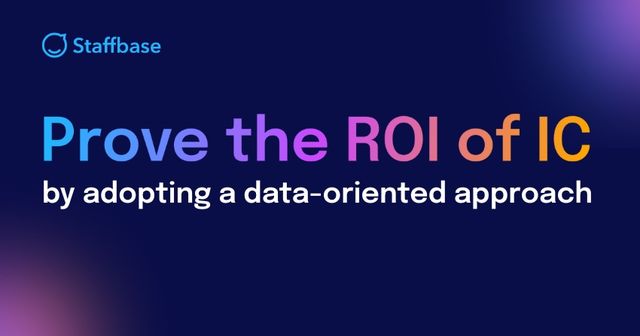What’s driving employee satisfaction and loyalty in 2025? The answer starts with internal communication. Get the data behind the shift.

Employee experience, HR & internal comms
Insights and Inspiration für everyone in HR, IC, and IT that will help you foster an outstanding employee experience

What’s driving employee satisfaction and loyalty in 2025? The answer starts with internal communication. Get the data behind the shift.


Tool sprawl slows work. Learn what an AI‑native EX platform is, how it turns scattered tools into flow, and the first steps any org can take — with examples and a practical FAQ.

If you’re looking for a secure intranet, we’ve got a breakdown to help you make a decision, including best practices and checklists to make sure your internal communication systems are protected.

Discover the top 6 takeaways from Unleash Paris 2025, including how AI, HR–IT collaboration, and intelligent communication strategies are redefining the employee experience.

Explore the patterns and methods by which software systems are integrated.

Staffbase is named a Leader in the Gartner® Magic Quadrant™ for Intranet Packaged Solutions for three years in a row, proving the power of communication-focused intranets.

Discover how Staffbase, the first AI-native Employee Comms Platform, is the best choice for managing your internal comms.

Discover the best intranet CMS software for your organization. Explore the top 10 CMS intranet platforms for 2025 and learn how to choose the best CMS for intranet communication.

The future of employee communication is here with AI for employee engagement. Learn how to leverage AI in employee engagement to build a more connected, productive, and trusting workplace.

Prove the ROI of IC by adopting a data-oriented approach.

Can internal communication actually drive ROI? Discover how to prove the value of an employee experience platform — including reducing risk, saving time, and building belonging.

What fasting and an apple can teach us about how AI is transforming employee experience and communication — by Staffbase’s Chief Strategy Officer Frank Wolf

Use this 4-step internal comms audit to stress-test your strategy, uncover hidden gaps, and boost your organization’s resilience before the next disruption hits.